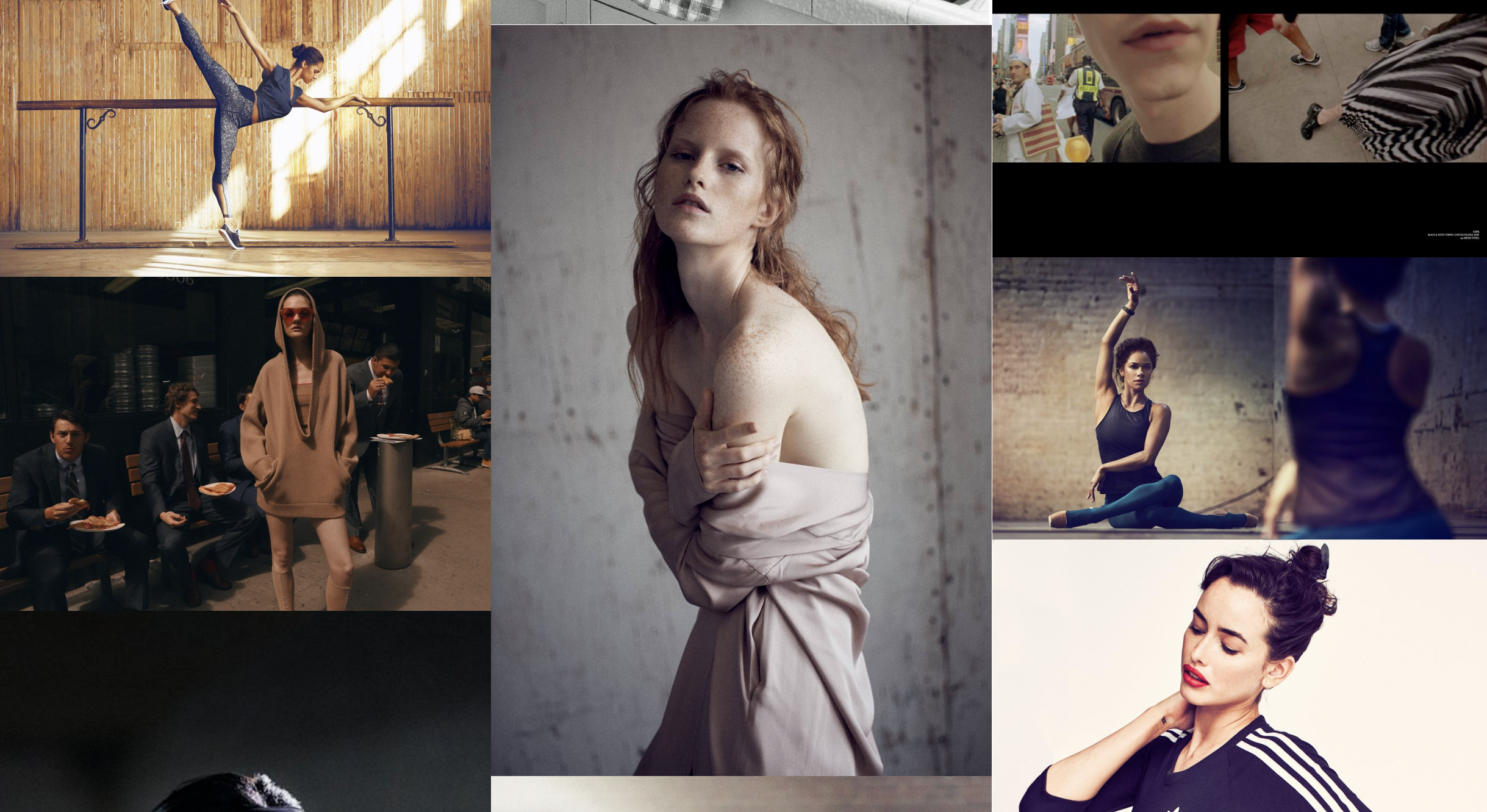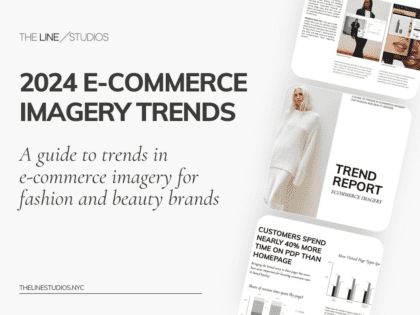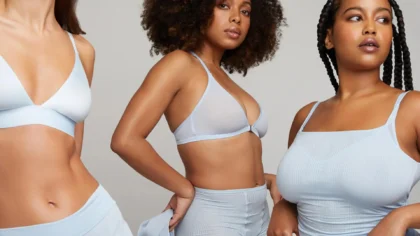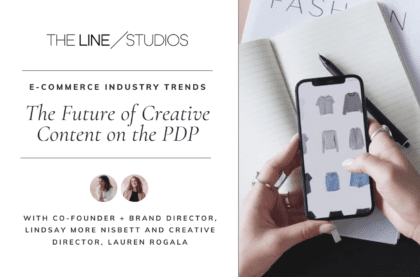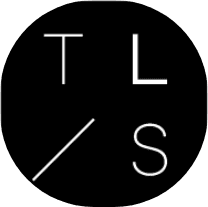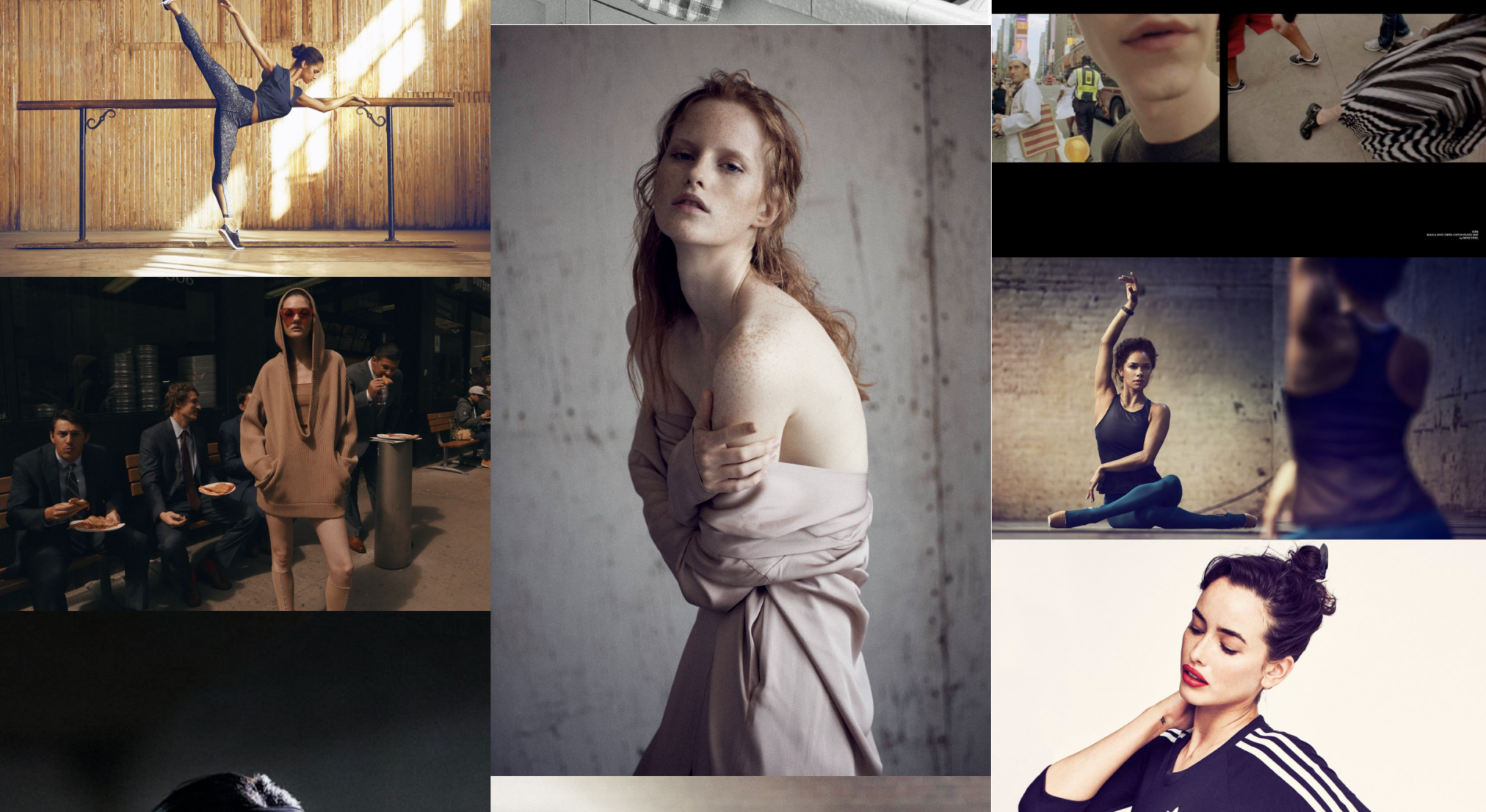
Stylists are one of the key members of any on-set team, with a role that goes far beyond simply choosing the model’s clothing (though that’s important too). They also play an important role in brand storytelling, and ensuring your photo shoots are set up for success.
Priscilla Polley turned her passion and career of styling for brands like Under Armour, Nordstrom, and Gilt, as well as celebrities including David Beckham and Emma Stone into a role as Fashion Director at Victoria’s Secret. It’s a job that challenges her to utilize her vision and creativity while simultaneously executing the brand’s broader goals. Her days touch on every aspect of the brand’s imagery—ad campaigns, social media, catalogs, and more—so she has invaluable insights to share on all of the above, particularly as it relates to styling.
Read on to hear Polley’s insights on how best to enhance and optimize a shoot, and how that helps inform brand storytelling at any scale.
The Role of Styling in Brand Storytelling
Priscilla Polley: Basically your entire story, to some degree, is the product that you’re selling, and that means the entire story really is based on styling.
Styling is the storyteller of a company. Without it, you just have products. It also is the part of the company that allows you to push back to say, T-shirts are cool, but we need to really talk about how to make this not just a T-shirt. It’s the part that actually makes the brand resonate with people. It makes them see themselves in these products. It helps them understand how the product works for them, not just for the company trying to sell the product.
At Victoria’s Secret, we care very much about building strong relationships with consumers because our products are really important in an intimate part of their life. You can’t separate lingerie from people and how they use that product. It’s a very personal purchase and I think quite deeply about how we’re representing everything. I want us to be at the eye level of our consumer and not looking down towards them, communicating directly with them. And it has to be super authentic to do that.
If you’re styling a model and she doesn’t feel like someone you want to be spending your time with, if the girl you dressed doesn’t look like someone you want to bring with you to a party or to brunch, there’s a problem. These are real outfits for real people. It has to feel like something that’s cool and authentic to you. If it doesn’t feel like that to you, how is it going to feel that way to anybody else?
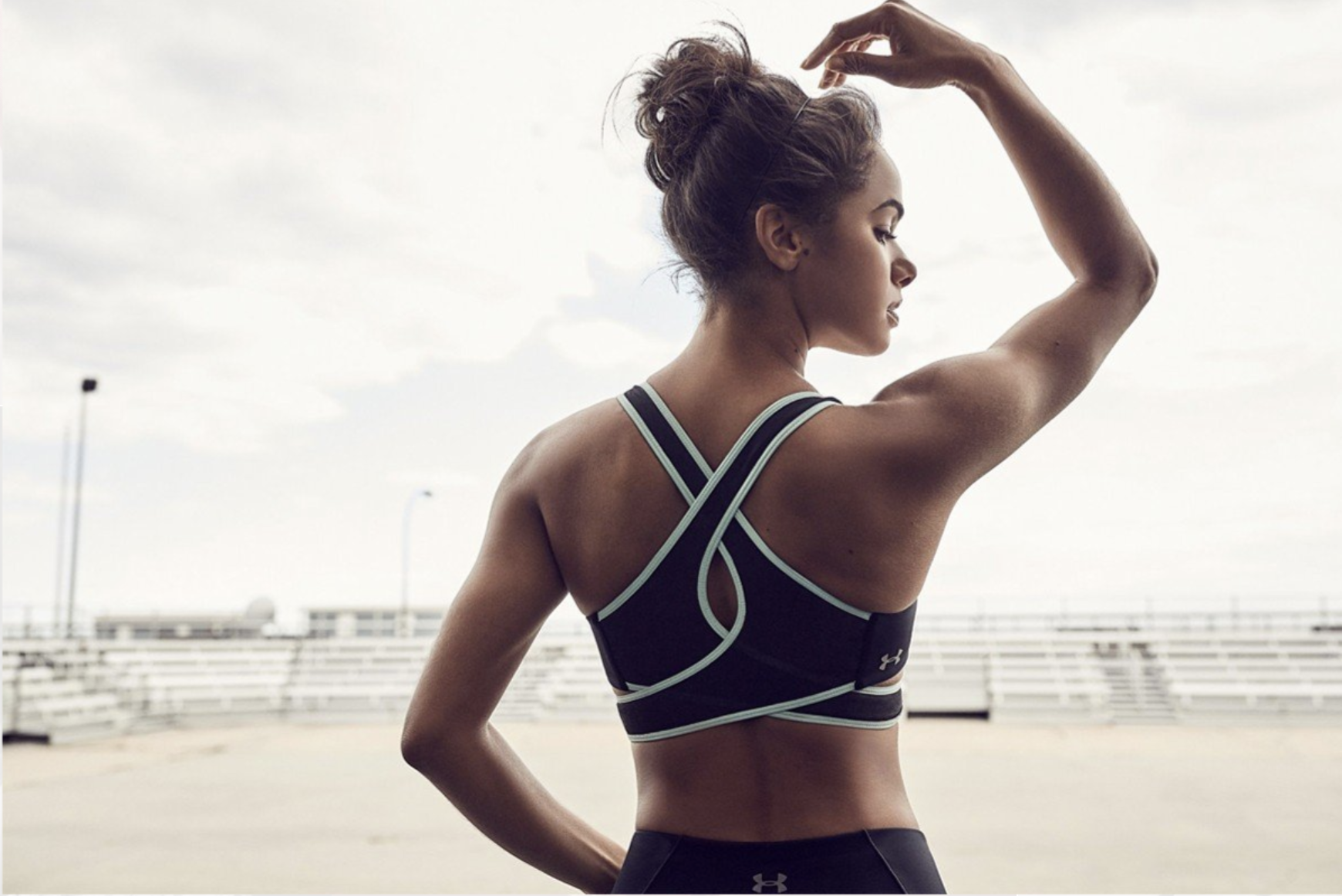
How Businesses Should Approach Brand Storytelling vs. Sales
Priscilla Polley: It’s really easy for companies to think that in order to tell an elevated, emotional story [in their campaigns], that they have to shy away from what their core product is. It’s an easy way to differentiate from being too commercial. So you make a distinction: “commercial” is when we talk about what we sell and “emotional” and “elevated” is when we don’t talk about what we sell. The magic in a brand that’s very successful is combining those two things in a seamless way. If you combine those two things – the product and the emotion – then not only are you not wasting your marketing eyes in the time your customers are looking at your stuff, but you’re building a deeper story about the product. And styling is what does that.
So, if you were a merchant, and you’re selling t-shirts, you can just take a picture of a t-shirt and you’re done.
OR, you can say: We need to sell t-shirts. But we’re also telling a story about young college students going back to school. How they feel leaving home and going to a new place and making new friends… how that resonates with the customer. That’s an emotional story – but they can also be wearing t-shirts. They can also be talking about t-shirts; maybe the slogans on the t-shirts relate back to their personal experiences. As a stylist, how you create the outfits should be related to their personal style. That sounds extremely basic. But again, I think that the combination of merchandising with this emotional storytelling is really the most efficient way to reach the customer. It also feels the most authentic.
How Do Stylists Work With Products That Might Not Align With Their Personal Aesthetic?
Priscilla Polley: There are different types of stylists out there. There’s the ones who are hired to dress people like them, right? A lot of celebrity stylists are like that.
There’s other stylists who are hired to think [differently], which I would consider myself one of them. I’m leaning a little bit more towards thinking about who that person is and what is authentic for that brand.
I think that’s the best part about having a team of people that you work with: Do I think I know what’s cool all the time? Absolutely not. But I do know that I know how to ask the questions and make decisions that I think are going to get us to a place that feels cool. And I also know that I feel totally comfortable being egoless about that.
And at the end of the day, there’s an innate aesthetic expectation in someone with a job like mine that I have a base level point of view. I’m not gonna go off the rails. I’m so happy to work for many different brands in the past and have many different points of view. That’s so much more interesting to me and fascinating in terms of developing [as a stylist].

The Biggest Differences Between Styling Campaigns vs. E-commerce
Priscilla Polley: eCommerce is a place where, as a brand, you should have a lot of control over. It’s a place where you’re trying to tell a very specific narrative, and then remain consistent with that narrative.
With eCommerce, it doesn’t necessarily have to be simple, but you definitely need to make sure that you’ve streamlined it as clearly as possible.
When you get to a campaign level, oftentimes you are identifying really big, important ideas that you need to get across, as well as big products that need to be featured. Ideally you’re hiring a stylist with a vision and you’re bringing them in to have a different idea than the brand. You want to actively encourage disruption to get your ad campaign to feel like something new for the customer.
For example, I’ve already been to 50 meetings about this season. I know exactly what we’ve designed. I’ve been part of that process, but bringing in someone at the last second to have a bit of a different point of view can ultimately be extremely healthy for bringing something unexpected. Both to you and also to the customer so it doesn’t get stale. Now that obviously has guardrails. But with the right partnership and the right external stylist, you can tell a brand story that is really magical. On an eCommerce set, the last thing I want is a stylist pushing back on what I say is a brand standard.
Should Smaller Brands Inject Newness and Storytelling into Their Ecommerce Imagery?
Priscilla Polley: I think there’s definitely a shoot style for a middle-sized brand that’s a bridge between eCommerce and campaigns.
When you think about asset usage, that middle level of imagery will be able to be used in a HUGE amount of places. So working towards having editorialized ecommerce images where, instead of 75 shots a day, you’re shooting maybe 45 a day. Then, you get more crops, more styling variation, and you get a little bit more detail. That way, you can use those pictures not only in your eCommerce page, you can also use them in social media; you can also use them on your website. The images become far more valuable to you.
Brand storytelling is a team effort, but a stylist is a key piece of the puzzle. Whether you’re trying to maximize a smaller shoot, create an emotional connection with your customer, or simply sell a product in a new and exciting way, the right stylist can help you do that. And a big thank you to Priscilla for these invaluable insights!

